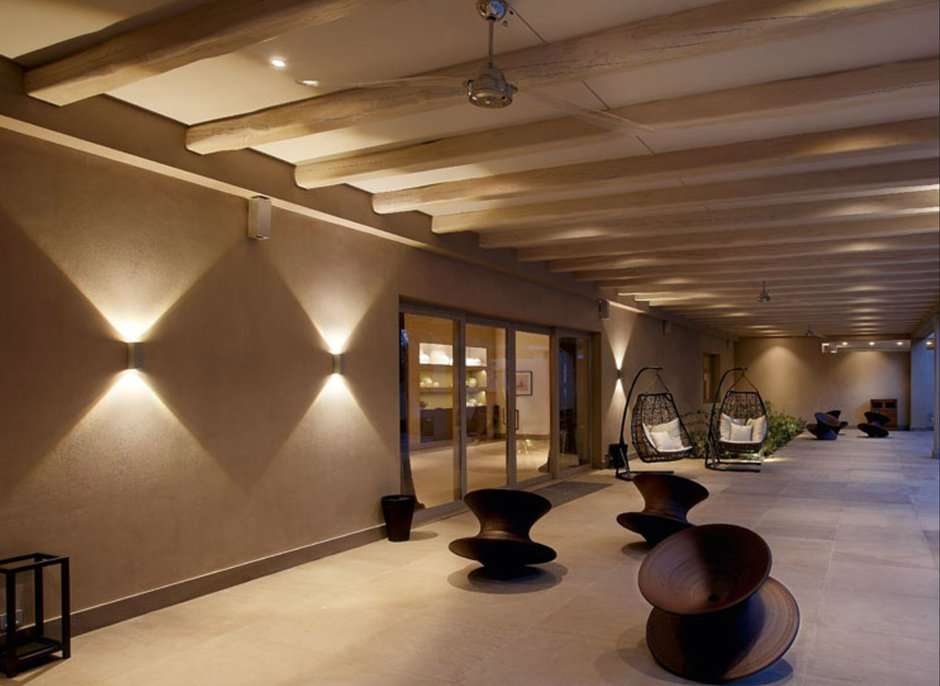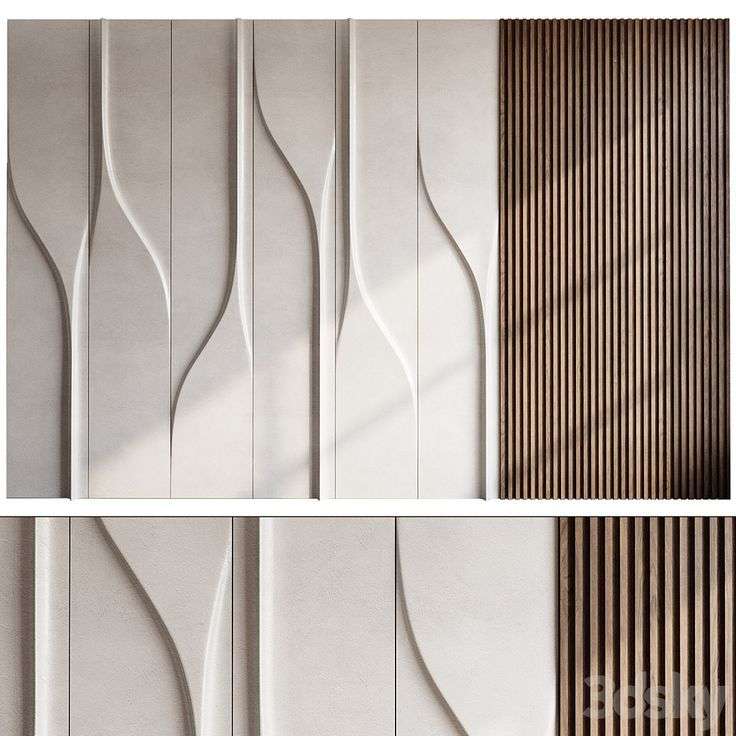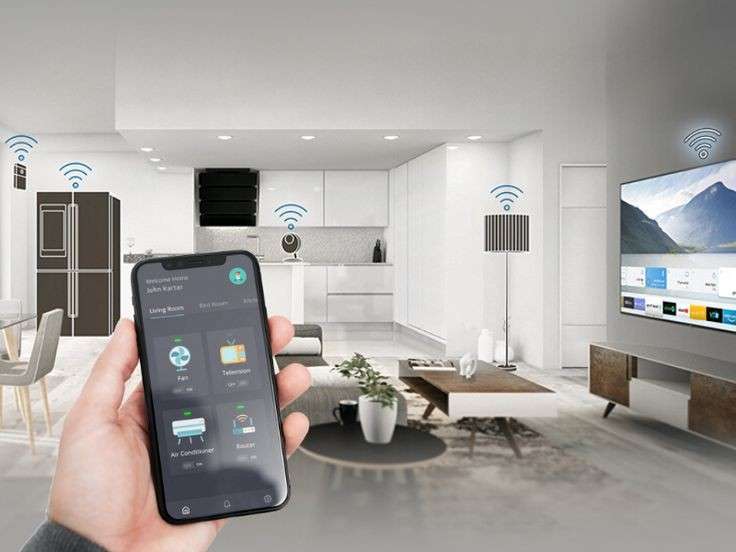Lighting is one of the most powerful tools in interior design. It has the ability to enhance mood, create ambiance, and completely transform a space. Whether you’re designing a cozy living room or a spacious open-plan kitchen, the right lighting can elevate your home in ways that go beyond mere functionality.
At Scale & Structure, we believe that lighting is not just about brightness; it’s an essential design element that shapes the way a room feels. In this blog, we’ll explore how the right lighting choices can completely change your living space, and how you can harness its power to create the perfect atmosphere for any room.

The Role of Lighting in Interior Design
Lighting serves both a practical and aesthetic purpose in interior design. From providing illumination for tasks to highlighting architectural features and creating a warm, inviting ambiance, lighting sets the tone for the entire room. It has the ability to emphasize design elements and can even make a space feel larger or more intimate.
Lighting also plays a huge role in how colors and textures are perceived, making it an integral part of the overall design. Whether you’re going for a modern, minimalist look or a more traditional, cozy vibe, lighting can complement and enhance your style.
Types of Lighting: Choosing the Right Style for Your Space
To make the most of lighting, it’s essential to understand the three main types of lighting that can be used in a room:
1. Ambient Lighting (General Lighting)
Ambient lighting provides overall illumination to a room. It is typically the main source of light and helps to create a sense of balance within the space. Ambient lighting can be provided by ceiling-mounted fixtures, chandeliers, or even recessed lighting.
- Why it works: Ambient lighting ensures that every part of the room is evenly lit, preventing dark corners and shadows.
- Tip: Choose fixtures that offer soft, even light to avoid harsh glare. This helps create a calm and welcoming environment.
2. Task Lighting
Task lighting is designed to help with specific activities, such as reading, cooking, or working. It focuses light on areas where you need to concentrate and perform tasks efficiently. Examples include desk lamps, under-cabinet lighting, and pendant lights above a kitchen island.
- Why it works: Task lighting ensures that you have adequate light where you need it most without affecting the overall ambiance of the room.
- Tip: Position task lighting in areas where you perform detailed activities, such as workspaces or reading nooks.
3. Accent Lighting
Accent lighting is used to highlight specific features or objects in a room. This could include artwork, architectural details, or a feature wall. Accent lighting creates visual interest and adds drama to a space.
- Why it works: Accent lighting draws attention to focal points and adds depth and texture to a room.
- Tip: Use adjustable spotlights, wall-mounted sconces, or track lighting to accentuate your favorite design elements.
4. Decorative Lighting
Decorative lighting serves as both a functional and a decorative piece. It combines both form and function, adding beauty to the space while serving as a light source. Think of statement chandeliers, elegant table lamps, or uniquely designed sconces.
- Why it works: Decorative lighting can be a statement piece in itself, adding a sense of luxury or style to your room.
- Tip: Choose lighting fixtures that match your design theme, whether it’s mid-century modern, industrial, or contemporary.
How Lighting Affects Mood and Atmosphere
Lighting can significantly impact the mood of a space. Bright, cool lighting tends to energize a room, making it perfect for kitchens or workspaces. On the other hand, soft, warm lighting creates a cozy, intimate ambiance ideal for living rooms, bedrooms, or dining areas.
1. Cool Lighting vs. Warm Lighting
- Cool Lighting: Typically found in shades of blue or white, cool lighting is perfect for spaces that require concentration, like offices or kitchens. It helps to promote alertness and focus.
- Warm Lighting: Often described as yellow or soft white light, warm lighting is ideal for creating a relaxed and comfortable atmosphere. It works well in living rooms, bedrooms, and dining areas.
2. Lighting and Color Perception
Lighting can also affect how colors in a room are perceived. Natural light is ideal for showing true colors, but artificial lighting—especially the temperature of the light—can alter the way hues appear.
- Tip: If you want vibrant and accurate colors in your décor, use daylight or cool white bulbs. For a warm, inviting glow, use soft white or warm yellow bulbs.
3. Lighting and Space Perception
Lighting can also alter the perception of space. Dark rooms can feel smaller and more cramped, while well-lit rooms feel larger and more expansive. By using a combination of ambient and accent lighting, you can visually open up a space, making it feel more airy and expansive.
- Tip: Use floor lamps or recessed lighting in darker corners to add light and create a more open atmosphere.
Tips for Maximizing Lighting in Your Home
1. Layer Your Lighting
One of the most effective ways to create a dynamic and functional space is by layering different types of lighting. By combining ambient, task, accent, and decorative lighting, you’ll ensure that your space is both well-lit and visually interesting.
- Tip: Use dimmer switches to adjust the brightness of your lighting throughout the day, allowing you to change the atmosphere as needed.
2. Consider Natural Light
Natural light has a transformative effect on a room. Maximizing natural light not only makes the space feel brighter but also promotes a sense of well-being. Large windows, glass doors, and light-colored curtains can help bring more light into the room.
- Tip: Position mirrors across from windows to reflect natural light and enhance the sense of space and brightness in a room.
3. Use Statement Lighting Fixtures
A bold lighting fixture can serve as both a functional and artistic addition to your home. From statement chandeliers to modern pendant lights, a carefully chosen lighting fixture can elevate the design of any room.
- Tip: Make lighting a focal point by selecting eye-catching fixtures that complement your home’s décor style.
4. Light Up Your Outdoors
Don’t forget about outdoor lighting! The right exterior lighting can enhance your curb appeal, create ambiance for evening gatherings, and increase safety. From path lights to outdoor sconces, strategically placed outdoor lighting can transform your outdoor spaces.
- Tip: Use soft, ambient lighting on patios or balconies to create an inviting atmosphere for outdoor gatherings.
Why Choose Scale & Structure for Your Lighting Design?
At Scale & Structure, we understand the importance of lighting in creating a cohesive and functional interior. Our team of expert designers will work with you to incorporate lighting solutions that complement your home’s aesthetic while ensuring that each space is both practical and beautiful.
Why Work with Scale & Structure?
- Tailored Lighting Solutions: We take the time to understand your specific lighting needs and design spaces that are illuminated in a way that suits your lifestyle and aesthetic.
- Expert Design Integration: We seamlessly integrate lighting with other design elements, creating spaces that are visually stunning and perfectly functional.
- Quality Fixtures: We work with top-quality lighting brands to ensure that the lighting in your home is not only beautiful but also energy-efficient and long-lasting.
Ready to transform your home with the power of lighting? Contact Scale & Structure today to explore how our expert lighting design services can enhance the ambiance and functionality of your space.



